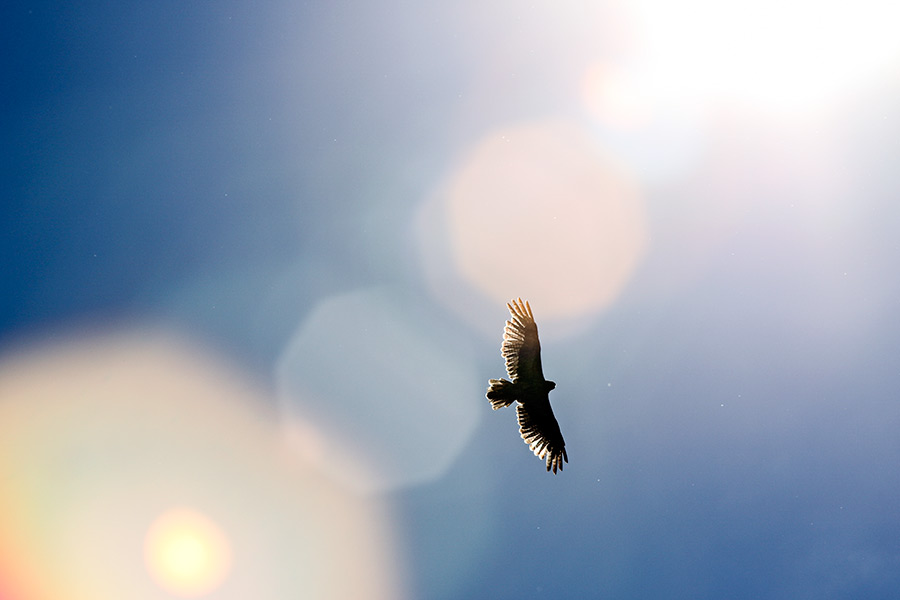For more than 20 years, David Benson has spent his summers in Glacier National Park as a researcher and naturalist, spearheading pioneering field studies on the white-tailed ptarmigan while educating visitors about this ecological haven for wildlife.
When he’s not posted out at Many Glacier, Benson works as a biology professor at Marian University in Indianapolis, Indiana. He’s a raft of knowledge about Glacier Park’s diverse suite of plant and animal species, and a trove of factoids about the park’s history of wildlife management and research.
But what excites Benson most about the park’s wildlife populations doesn’t align with what the lion’s share of visitors come to see, and it ruffles his feathers that the park’s charismatic megafauna – grizzly bears, wolverine, moose, elk, goats, mountain lions, and sheep – steal all of the attention.
Because for Benson, Glacier is for the birds.
“We should like birds better,” goes the refrain in Benson’s new book, “Glacier is for the Birds: A Trail Guide to the Birds of Glacier National Park.”
He’s more amped by the sight of a Red-Naped Sapsucker feedings its young in a precisely excavated cavity of an aspen tree whose heartwood has rotted out, or a Common Merganser ushering her brood of 11 chicks across Swiftcurrent Lake, than he is by a grizzly bear ambling across a mountain side.
And yet the latter scenario prompts throngs of vehicles to pull over along the Going-to-the-Sun Road corridor and gum up traffic, while the former prompts an apathetic shrug.
“Why are we so enamored with mammals?” Benson asks. “What is it about mammals?”
While the park is home to 70 species of mammal, its forest canopies and high-alpine mountainscape nurture 276 bird species – the second highest number of breeding bird species of any park in the lower-48 states. Benson argues that views of a Yellow Warbler, White-crowned Sparrow, Macgillivray’s Warbler, or a Wilson’s Snipe are just as titillating as those of a bull moose browsing for pond lilies, or a goat perched precariously on a precipice, but they garner none of the hype.
He hopes his new trail guide will change that, and spark a deeper interest in the intricate role birds play in Glacier Park’s complex ecology.
“Glacier is for the Birds” covers 48 trails, roadways, and other locations that will interest novice and expert birders alike, with details on what ornithological discoveries visitors can expect to make along the way.
The book focuses on birds first and foremost, but also covers plants, geology, mammals, basic ecology, and recommendations for what to do in the park, where to do it, and when.
It’s replete with 42 informational boxes with facts and ideas about such topics as the importance of a fungus to cavity-nesting birds, historic fire regimes and how Glacier National Park deals with fire, as well as Darwin’s theories on species’ evolution, beaver as restoration ecologists, giardia, and even mammals like moose.
To be fair, Benson isn’t sore about the public’s fascination with big, wooly mammals. He’s simply equipped with an intimate knowledge of the intricate ecological web that birds are integral in weaving.
“My main goal is to get you to like birds better,” Benson writes. “But to me birds are interesting only in the context with what else is out there. If you want to see species, go to a zoo, or better yet, see them stuffed at a museum. You are here in Glacier National Park because you want to see more than just species, you want to see function.”
“This is why you are here,” he continues. “To see nature in context.”
To purchase a copy of Benson’s new book, visit www.gnpbirds.net.
